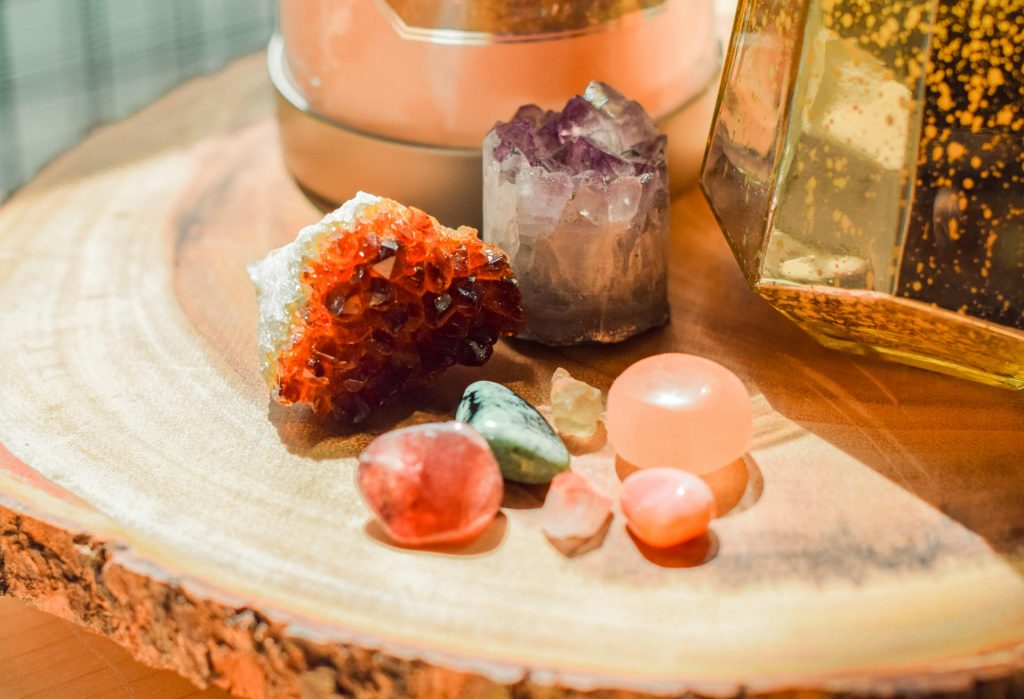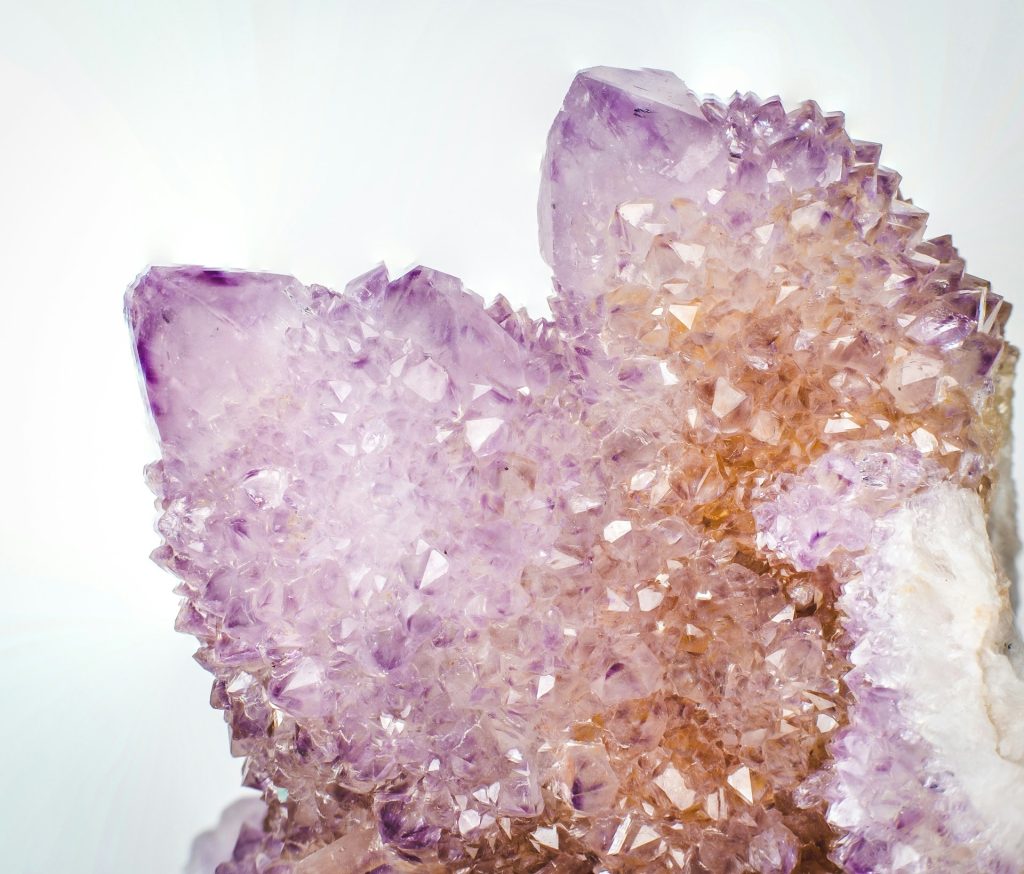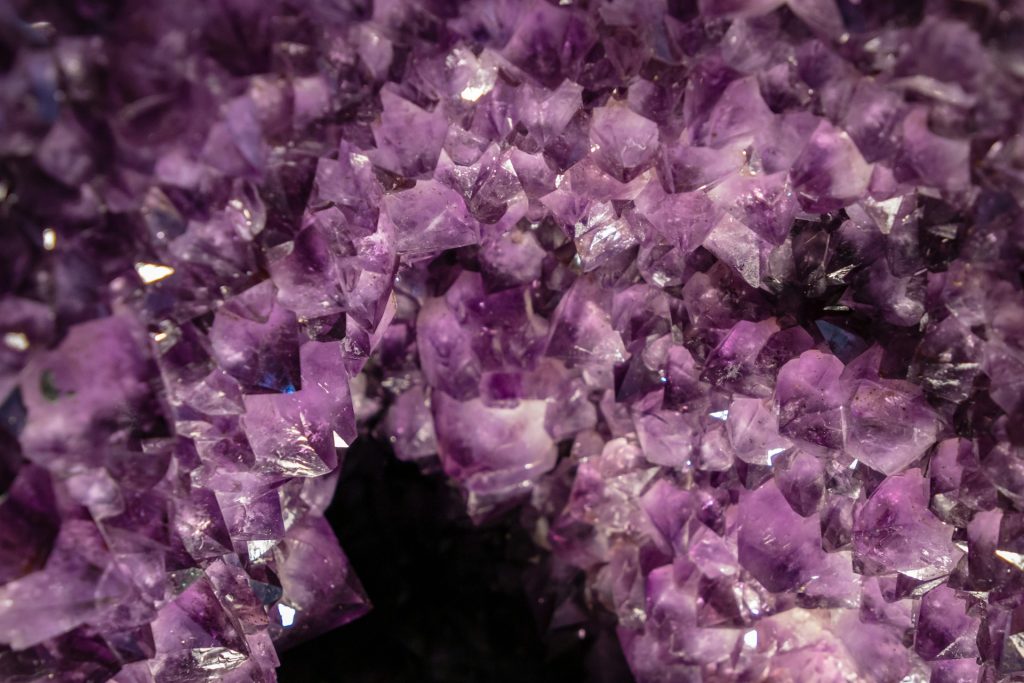Crystals—those shimmering, multifaceted wonders that adorn jewelry, line the shelves of metaphysical shops, and even find their way into the inner workings of our technology. But have you ever wondered how these exquisite structures come to be? Join us as we explore the captivating world of crystal formation, exploring their origins, unique properties, and the intriguing processes that shape them.

What are Crystals, and How are They Formed?
At their core, crystals are solid structures composed of atoms, ions, or molecules arranged in a repeating pattern. This arrangement forms the basis of what we call the crystal lattice or unit cell. The process by which crystals form is known as crystallization, typically occurring when a liquid cools and solidifies, allowing the atoms or molecules to arrange themselves into a stable structure. This can happen through processes like cooling magma or evaporating solutions, such as the formation of salt crystals.
Unique Properties of Crystals
Crystals exhibit a range of remarkable properties, from their distinct geometric shapes to their ability to refract light in dazzling ways. They are known for their rigidity, maintaining a fixed shape that cannot be easily compressed. Depending on the arrangement of atoms during formation, crystals can take on various shapes and have flat surfaces called facets.

Interesting and Unique Types of Crystal Formation
From the delicate intricacies of snowflake formation to the enduring brilliance of diamonds, crystals manifest in a myriad of captivating forms. Snowflakes, formed from frozen water vapor in clouds, showcase nature’s artistic flair, each one unique in its delicate structure. Quartz, with its hardness and versatility, stands as a testament to the diversity of crystal forms. And then there are diamonds—priceless gems born from the depths of the earth, coveted for their beauty and durability.
Fun Facts of How Crystals Are Made
Did you know that the study of crystal formation has its own field called crystallography? Or that liquid crystals play a crucial role in modern technology, from computer screens to television monitors? Crystals aren’t just inert objects—they’re dynamic components of our world, with living organisms even capable of producing them.

Crystals are more than just decorative baubles or scientific curiosities—they’re a testament to the wonders of nature’s design. Through the process of crystallization, atoms and molecules come together to form intricate structures that captivate the imagination and inspire awe. From the humble snowflake to the resplendent diamond, each crystal tells a story of growth and transformation. So, the next time you gaze upon a crystal, take a moment to ponder the extraordinary journey that brought it into being, and marvel at the beauty of the natural world.





